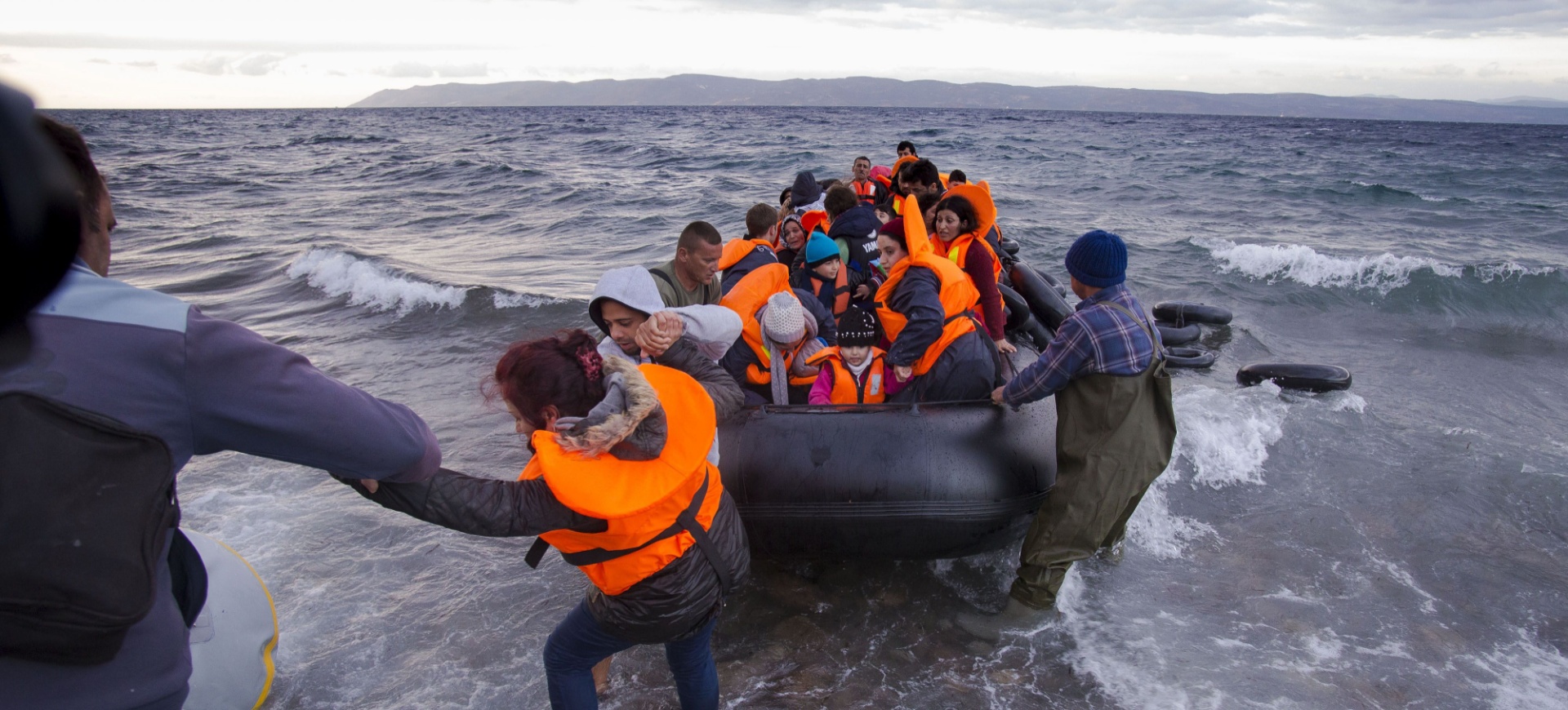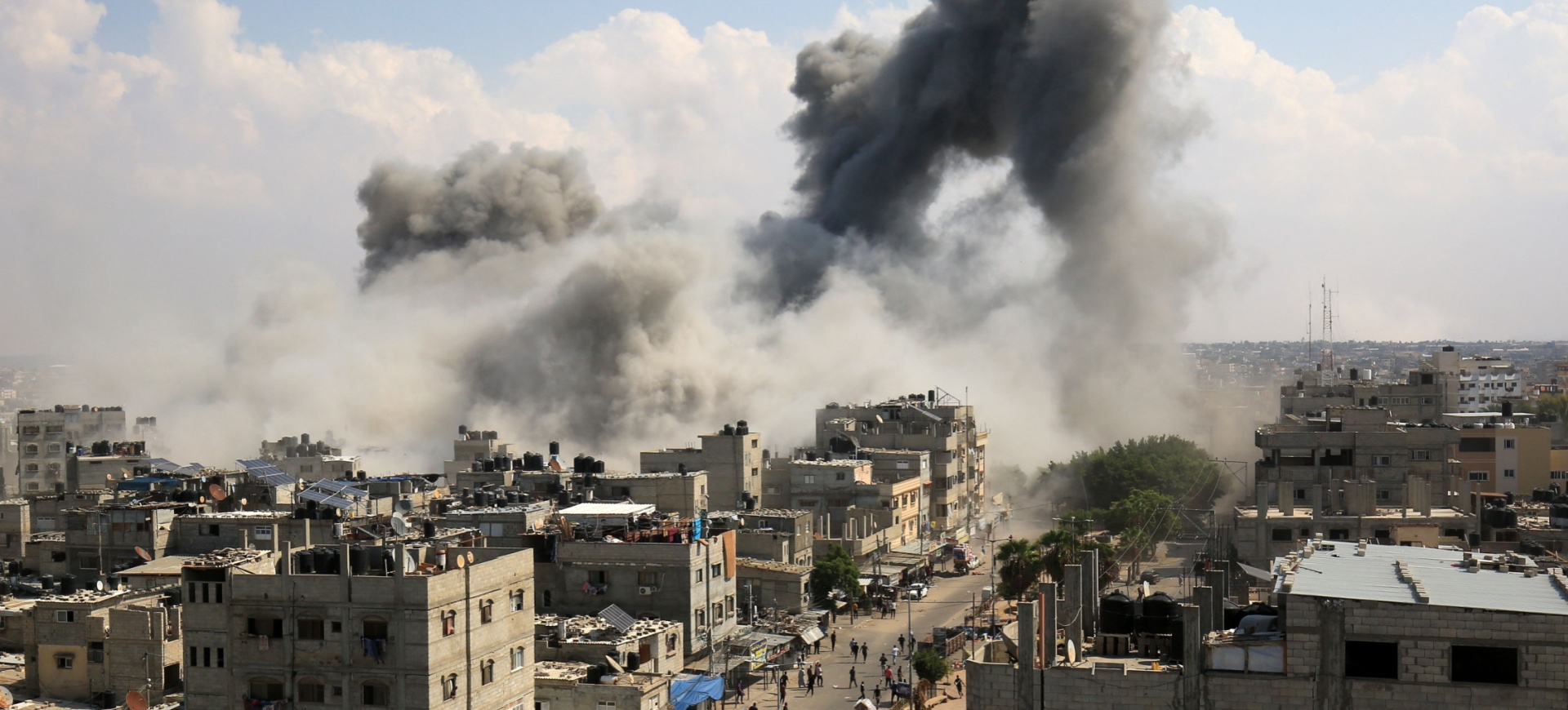G7 performance on governing arms control
G7 action and leadership on non-proliferation and nuclear security are needed now more than ever, and at Elmau, the leaders should leverage this opportunity for international cooperation in combatting global threats
The G7 has long been committed to the cause of arms control and the non-proliferation of weapons of mass destruction. Since its Cornwall Summit in June 2021, global WMD flashpoints continue to pose potentially catastrophic risks to regional and international security. In 2022, North Korea began conducting an unprecedented series of missile tests, including so-called hypersonic missiles and submarine-launched ballistic missiles. Following its invasion of Ukraine, the Russian Federation shelled the direct vicinity of a nuclear power plant and evoked the threat of its use of WMD. G7 actions and leadership on non-proliferation and nuclear security are needed now more than ever.
Conclusions
G7 attention to arms control can be divided into five phases. In the first phase, 1975–1990, arms control first appeared as a subject in the G7 communiqué at London in 1977, regarding the exclusively peaceful use of nuclear energy. Arms control conclusions averaged 6% of all communiqué content for this period. The second phase, 1991–2001, began with a spike in 1991 when the topic received 1,847 words (23%) and ended with a 10-year average of 8%. In the third phase, 2002–2012, with the launch of the Global Partnership against the Spread of Weapons and Materials of Mass Destruction in 2002, the G7 started a decade of high, consistent attention to arms control, which peaked at 4,240 words (38%) in 2012. The decade averaged 17% in its conclusions. In the fourth phase, 2013–2019, arms control conclusions plummeted to 447 words (3%) at Lough Erne in 2013 and averaged 4% in these seven years. In the fifth phase from 2020 to February 2022, arms control received little to no attention. Except at Cornwall in 2021, where the topic received 2% of the conclusions, G7 leaders did not address the issue in four of their five consecutive summits after 2020.
Commitments
Within these communiqué conclusions, the G7 Research Group identified 351 collective, future-oriented, politically binding commitments on arms control. This placed arms control in ninth place among all 34 subjects with commitments, just after trade and gender equality. The leaders made 22 arms control commitments in the first phase from 1975 to 1990, for an average of 5% of all commitments per summit. There were 64 in the second phase from 1991 to 2001, averaging 9%. The third phase, between 2002 and 2012, produced 250 commitments with an all-time-high of 44 commitments in 2011 (for 23%) and an average of 11%. Thirteen commitments, or 1% on average, were made from 2013 to 2019 and only two, or 1%, since 2020.
Compliance
The G7 Research Group has assessed 32 of the 351 arms control commitments for compliance by G7 members. Compliance averaged 82% – well above the average of 76% on all subjects. The summits in 2000, 2003, 2005, 2010, 2011 and 2012 had the highest compliance, for a combined average of 95%. The 2003 summit had full compliance with the leaders’ promise to strengthen the capacity of the International Atomic Energy Agency to carry out its monitoring tasks. In the fourth phase starting in 2014, the average compliance fell to 75%. From 2019 to February 2022 no compliance data are yet available.
Corrections
These findings suggest that G7 leaders can improve their compliance in three ways.
First, the leaders can pay more attention to arms control during their discussions. Assessed commitments suggest a moderate, positive correlation between compliance and the amount of public deliberation recorded in the communiqué conclusions related to the issue. Indeed, the average compliance of the three summits from 2010 to 2012, where at least 27% of each summit’s communiqué was related to arms control, was a strong 95%, compared to 80% for summits with lower public deliberation.
Second, leaders can incorporate references to specific international institutions into their commitments. Compliance was 94% for commitments that referred to the Comprehensive Nuclear-Test-Ban Treaty, 93% for the non-proliferation treaty and 89% for the IAEA.
Third, leaders can set a multi-year timeline to achieve the objectives in the commitments. The three commitments assessed from 2000, 2005 and 2006 that included a five- or 10-year deadline for actions such as negotiation and provision of funds produced compliance of 91%, compared to 80% for commitments without a multi-year timetable.
Since the Cornwall Summit in 2021, G7 leaders, along with United Nations Security Council members and the IAEA, have made solid progress in restoring the Joint Comprehensive Plan of Action regarding Iran’s nuclear programme. Regional conflicts and the COVID-19 global health crisis have preoccupied the G7’s agenda. Yet the Russian-Ukrainian war reminds the world that a nuclear showdown remains possible. At Elmau, the leaders should leverage this opportunity for international cooperation to develop a roadmap that repositions the G7 at the frontline of combatting global WMD proliferation.











